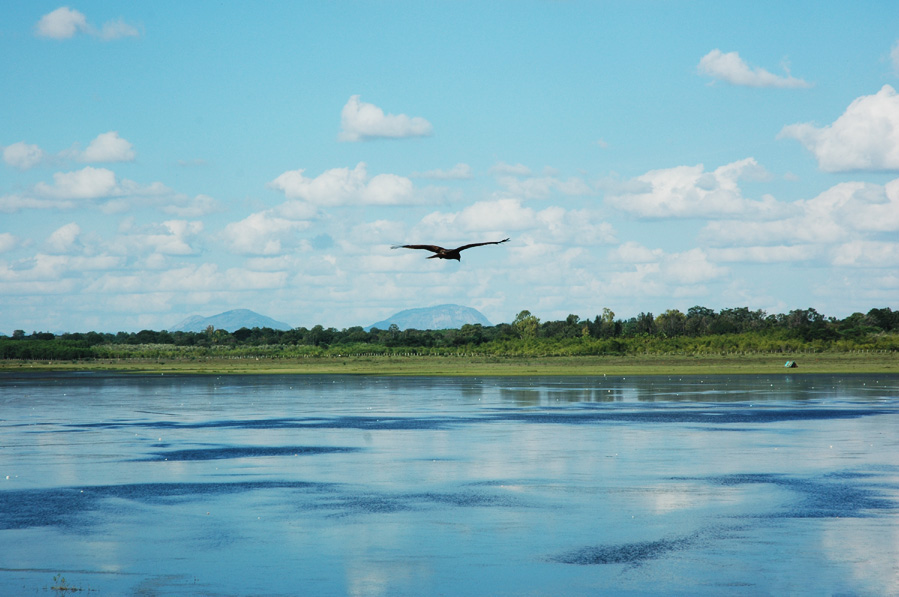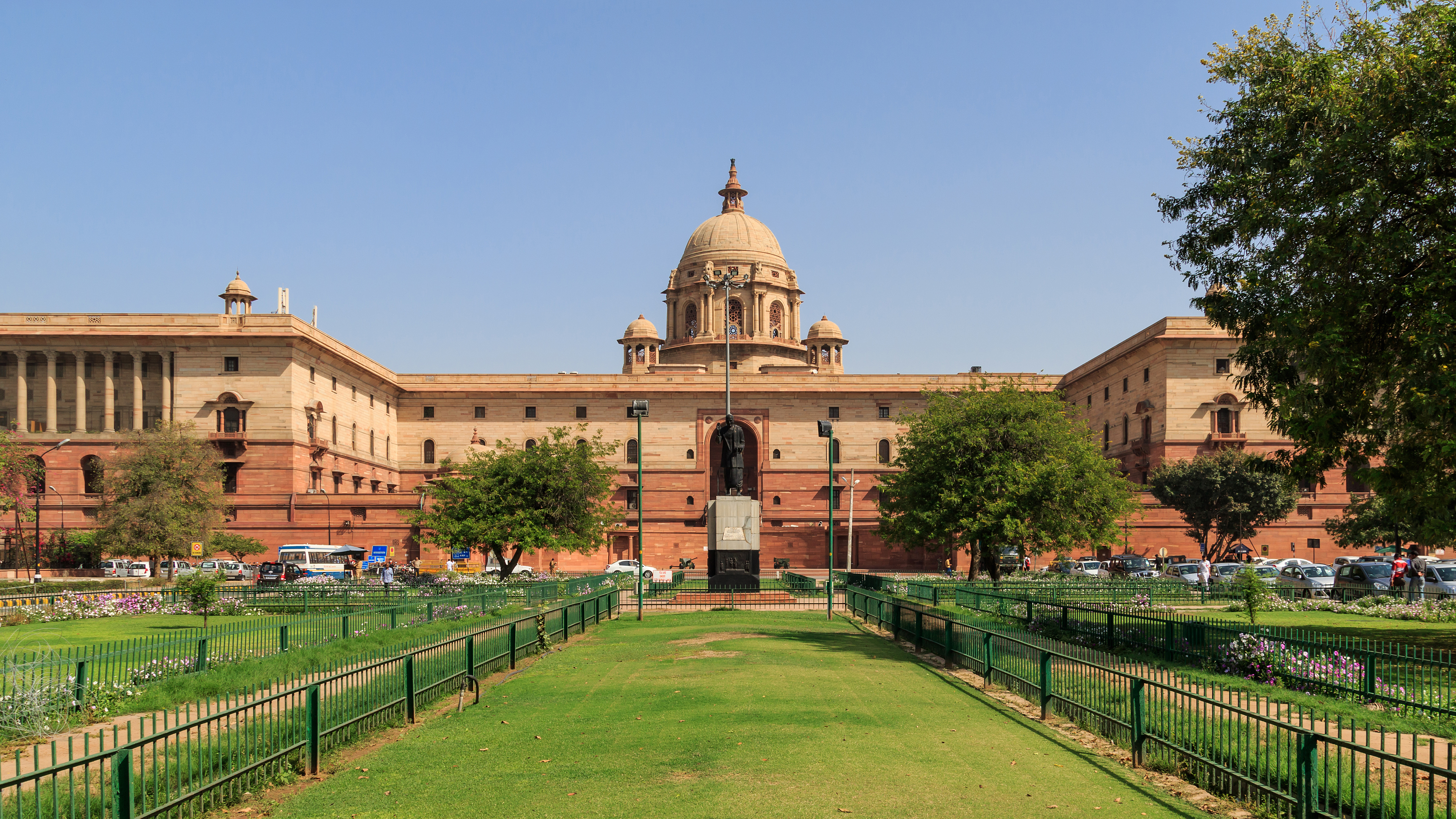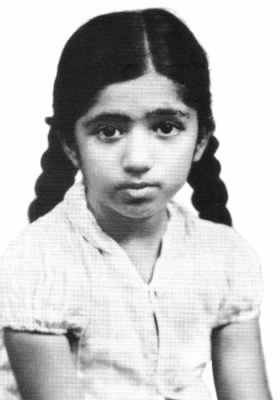|
Chicago Radio
Chicago Radio is an Indian manufacturer of public address systems, closely associated with the pro-independence Indian National Congress during the last decades of the British Raj. The company was established by Gianchand Chandumal Motwane in 1909 as the Eastern Electric & Trading Company. It changed its name to the Chicago Telephone Supply Company in 1919 when it moved from Sindh to Bombay. The company served as a distributor for an American company of the same name, but retained the branding when the American firm went out of business. Under Gianchand's son Nanik the company began a close association with the Congress, providing public address systems at numerous meetings and speeches. The company provided this support on a pro bono basis until the 1960s. It remains in business on a small scale, as Motwane Communication Systems Pvt. Ltd. Early years The Eastern Electric & Trading Company was founded in the city of Sukkur in Sindh (now in Pakistan) in 1909 by Gianchand Ch ... [...More Info...] [...Related Items...] OR: [Wikipedia] [Google] [Baidu] |
Indian National Congress
The Indian National Congress (INC), colloquially the Congress Party but often simply the Congress, is a political party in India with widespread roots. Founded in 1885, it was the first modern nationalist movement to emerge in the British Empire in Asia and Africa. From the late 19th century, and especially after 1920, under the leadership of Mahatma Gandhi, the Congress became the principal leader of the Indian independence movement. The Congress led India to independence from the United Kingdom, and significantly influenced other anti-colonial nationalist movements in the British Empire. Congress is one of the two major political parties in India, along with its main rival the Bharatiya Janata Party. It is a " big tent" party whose platform is generally considered to lie in the centre to of Indian politics. After Indian independence in 1947, Congress emerged as a catch-all and secular party, dominating Indian politics for the next 20 years. The party's first pr ... [...More Info...] [...Related Items...] OR: [Wikipedia] [Google] [Baidu] |
Bangalore
Bangalore (), officially Bengaluru (), is the capital and largest city of the Indian state of Karnataka. It has a population of more than and a metropolitan population of around , making it the third most populous city and fifth most populous urban agglomeration in India, as well as the largest city in South India, and the 27th largest city in the world. Located on the Deccan Plateau, at a height of over above sea level, Bangalore has a pleasant climate throughout the year, with its parks and green spaces earning it the reputation as the "Garden City" of India. Its elevation is the highest among the major cities of India. An aerospace, heavy engineering and electronics hub since the 1960s, Bangalore is widely regarded as the "Silicon Valley of India" because of its role as the nation's leading information technology (IT) exporter.——— In the Ease of Living Index 2020 (published by the Ministry of Housing and Urban Affairs), it was ranked the most livable ... [...More Info...] [...Related Items...] OR: [Wikipedia] [Google] [Baidu] |
Indira Gandhi
Indira Priyadarshini Gandhi (; ''née'' Nehru; 19 November 1917 – 31 October 1984) was an Indian politician and a central figure of the Indian National Congress. She was elected as third prime minister of India in 1966 and was also the first and, to date, only female prime minister of India. Gandhi was the daughter of Jawaharlal Nehru, the first prime minister of India. She served as prime minister from January 1966 to March 1977 and again from January 1980 until her assassination in October 1984, making her the second longest-serving Indian prime minister after her father. During Nehru's premiership from 1947 to 1964, Gandhi was considered a key assistant and accompanied him on his numerous foreign trips. She was elected president of the Indian National Congress in 1959. Upon her father's death in 1964, she was appointed as a member of the Rajya Sabha (upper house) and became a member of Lal Bahadur Shastri's cabinet as Minister of Information and Broadcasti ... [...More Info...] [...Related Items...] OR: [Wikipedia] [Google] [Baidu] |
Sarvepalli Radhakrishnan
Sarvepalli Radhakrishnan (; 5 September 1888 – 17 April 1975), natively Radhakrishnayya, was an Indian philosopher and statesman. He served as the 2nd President of India from 1962 to 1967. He also 1st Vice President of India from 1952 to 1962. He was the 2nd Ambassador of India to the Soviet Union from 1949 to 1952. He was also the 4th Vice-Chancellor of Banaras Hindu University from 1939 to 1948 and the 2nd Vice-Chancellor of Andhra University from 1931 to 1936. One of the most distinguished twentieth-century scholars of comparative religion and philosophy, Radhakrishnan held the King George V Chair of Mental and Moral Science at the University of Calcutta from 1921 to 1932 and Spalding Chair of Eastern Religion and Ethics at University of Oxford from 1936 to 1952. Radhakrishnan's philosophy was grounded in Advaita Vedanta, reinterpreting this tradition for a contemporary understanding. He defended Hinduism against what he called "uninformed Western criticism", c ... [...More Info...] [...Related Items...] OR: [Wikipedia] [Google] [Baidu] |
President Of India
The president of India ( IAST: ) is the head of state of the Republic of India. The president is the nominal head of the executive, the first citizen of the country, as well as the commander-in-chief of the Indian Armed Forces. Droupadi Murmu is the 15th and current president, having taken office from 25 July 2022. The office of president was created when India officially became a republic on 26 January 1950 after gaining independence on 15th August 1947, when its constitution came into force. The president is indirectly elected by an electoral college comprising both houses of the Parliament of India and the legislative assemblies of each of India's states and territories, who themselves are all directly elected by the citizens. Article 53 of the Constitution of India states that the president can exercise their powers directly or by subordinate authority (with few exceptions), though all of the executive powers vested in the president are, in practice, exercised ... [...More Info...] [...Related Items...] OR: [Wikipedia] [Google] [Baidu] |
New Delhi
New Delhi (, , ''Naī Dillī'') is the Capital city, capital of India and a part of the NCT Delhi, National Capital Territory of Delhi (NCT). New Delhi is the seat of all three branches of the government of India, hosting the Rashtrapati Bhavan, Parliament House (India), Parliament House, and the Supreme Court of India. New Delhi is a Municipal governance in India, municipality within the NCT, administered by the New Delhi Municipal Council, NDMC, which covers mostly Lutyens' Delhi and a few adjacent areas. The municipal area is part of a larger List of districts in India, administrative district, the New Delhi district. Although colloquially ''Delhi'' and ''New Delhi'' are used interchangeably to refer to the National Capital Territory of Delhi, both are distinct entities, with both the municipality and the New Delhi district forming a relatively small part of the megacity of Delhi. The National Capital Region (India), National Capital Region is a much larger entity compri ... [...More Info...] [...Related Items...] OR: [Wikipedia] [Google] [Baidu] |
Dhyan Chand National Stadium
The Major Dhyan Chand National Stadium, commonly known by its former name National Stadium, is a field hockey stadium in New Delhi, India. The stadium is named after former Indian field hockey player, Dhyan Chand. It served as the venue for the 1st Asian Games in 1951. History The stadium was built in 1933 as a gift for Delhi from the Maharaja of Bhavnagar, it was originally multipurpose stadium and named the Irwin Amphitheatre. It was designed by Anthony S. DeMillo and opened by Lord Willingdon. As per the original plans of architect of New Delhi Edwin Lutyens there was to be garden at the site, to provide a clear view of the historic ''Purana Quila ''( Old Fort) in the backdrop, as it lay perpendicular to the axis beginning from Rashtrapati Bhavan (President's House) through Rajpath and ending at the India Gate, his plans were however overruled. It was renamed National Stadium before the 1951 Asian Games, Dhyan Chand's name was added in 2002. Major renovations The Dhyan ... [...More Info...] [...Related Items...] OR: [Wikipedia] [Google] [Baidu] |
Republic Day (India)
Republic Day is a public holiday in India where the country marks and celebrates the date on which the Constitution of India came into effect on 26 January 1950. This replaced the Government of India Act 1935 as the governing document of India, thus turning the nation into a republic separate from British Raj. The constitution was adopted by the Indian Constituent Assembly on 26 November 1949 and came into effect on 26 January 1950. 26 January was chosen as the date for Republic Day as it was on that day in 1930 when the Declaration of Indian Independence was proclaimed by the Indian National Congress. History of Republic Day India achieved independence from the British Raj on 15 August 1947 following the Indian independence movement. The independence came through the Indian Independence Act 1947 (10 & 11 Geo 6 c 30), an Act of the Parliament of the United Kingdom that partitioned British India into the two new independent Dominions of the British Commonwealth (later Comm ... [...More Info...] [...Related Items...] OR: [Wikipedia] [Google] [Baidu] |
Sino-Indian War
The Sino-Indian War took place between China and India from October to November 1962, as a major flare-up of the Sino-Indian border dispute. There had been a series of violent border skirmishes between the two countries after the 1959 Tibetan uprising, when India granted asylum to the 14th Dalai Lama, Dalai Lama. Chinese military action grew increasingly aggressive after India rejected proposed Chinese diplomatic settlements throughout 1960–1962, with China re-commencing previously-banned "forward patrols" in Ladakh after 30 April 1962. Amidst the Cuban Missile Crisis, China abandoned all attempts towards a peaceful resolution on 20 October 1962, invading disputed territory along the border in Ladakh and across the McMahon Line in the northeastern frontier. Chinese troops pushed back Indian forces in both theatres, capturing all of their claimed territory in the western theatre and the Tawang, Tawang Tract in the eastern theatre. The conflict ended when China unilaterally ... [...More Info...] [...Related Items...] OR: [Wikipedia] [Google] [Baidu] |
Lata Mangeshkar
Lata Mangeshkar () (born as Hema Mangeshkar; 28 September 1929 – 06 February 2022) was an Indian playback singer and occasional music composer. She is widely considered to have been the greatest and most influential singers in India. Her contribution to the Indian music industry in a career spanning eight decades gained her honorific titles such as the "Queen of Melody", "Nightingale of India", and "Voice of the Millennium". Lata recorded songs in over thirty-six Indian languages and a few foreign languages, though primarily in Marathi, Hindi, and Bengali. Her foreign languages included English, Indonesian, Russian, Dutch, Nepali, and Swahili. She received several accolades and honors throughout her career. In 1989, the Dadasaheb Phalke Award was bestowed on her by the Government of India. In 2001, in recognition of her contributions to the nation, she was awarded the Bharat Ratna, India's highest civilian honour; she is only the second female singer, after M. S. Subbulak ... [...More Info...] [...Related Items...] OR: [Wikipedia] [Google] [Baidu] |
Aye Mere Watan Ke Logo
"Aye Mere Watan Ke Logo" ( "O' people of my country") is a patriotic song written in Hindi by Kavi Pradeep, composed by C. Ramchandra, and sung by singer Lata Mangeshkar. The song commemorates Indian soldiers who died during the Sino-Indian War in 1962. The song was first performed live two months after the war by Mangeshkar on Republic Day (26 January) 1963 at the National Stadium in New Delhi in the presence of President Sarvepalli Radhakrishnan and Prime Minister Jawaharlal Nehru. The song is often performed at public events and gatherings in India and is considered to be one of the most popular patriotic songs alongside "Jana Gana Mana" (the national anthem), "Vande Mataram" (the national song), and "Sare Jahan Se Accha". Writing and composition "Aye Mere Watan Ke Logo" was written by Kavi Pradeep to commemorate the Indian soldiers who died during the Sino-Indian War. Pradeep was deeply moved by the casualties of war. In late 1962, while taking a walk along Mahim beach in ... [...More Info...] [...Related Items...] OR: [Wikipedia] [Google] [Baidu] |



.jpg)




